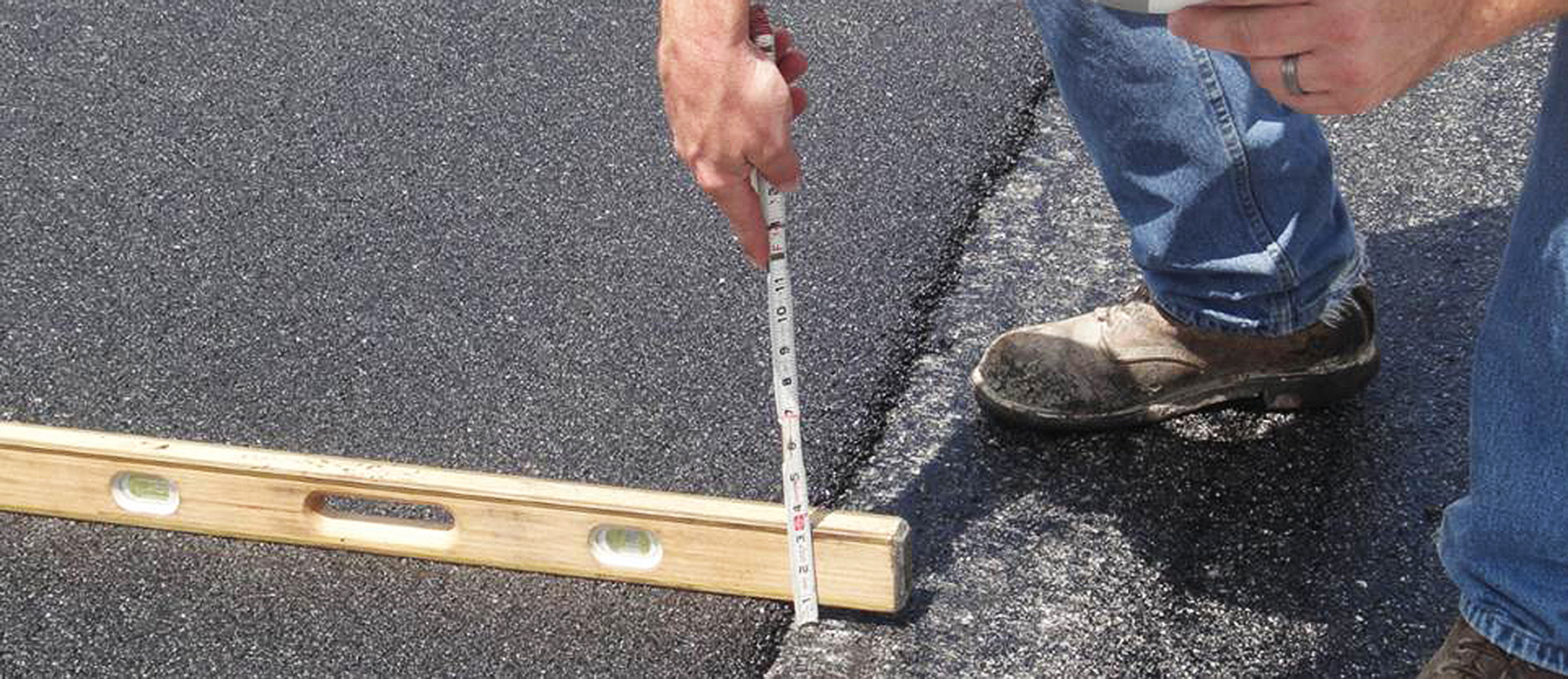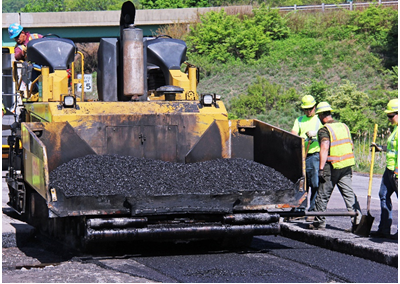Reimagine Your Space: Hot Mix Asphalt Paving for Angled Parking Lot Jobs
Reimagine Your Space: Hot Mix Asphalt Paving for Angled Parking Lot Jobs
Blog Article
Unlocking the Tricks of Hot Mix Asphalt Technology
Checking out the depths of hot mix asphalt technology uncovers a world where thorough procedures and precise formulas assemble to shape our roads and infrastructure. The fusion of accumulations, fillers, and binders isn't simply a building task but a strategic orchestration of sturdiness and efficiency. As we peer right into the detailed dancing of elements, a tapestry of durability and sustainability unfolds. Yet what exists underneath this surface of asphaltic mastery, and what keys wait to be introduced in the realm of paving innovations?
Relevance of Warm Mix Asphalt
Warm Mix Asphalt plays a crucial duty in contemporary framework advancement as a result of its sturdiness and cost-effectiveness. As one of the most typically made use of paving product for roadways, highways, and car park lots, Warm Mix Asphalt offers a variety of advantages that add to its significance in building and construction tasks. One essential benefit is its capacity to endure rush hour loads and extreme climate conditions, providing a durable and dependable surface for transportation networks. Furthermore, Warm Mix Asphalt is cost-efficient in both initial building and construction and long-lasting maintenance, making it a favored selection for many infrastructure jobs.
The toughness of Warm Mix Asphalt stems from its composition, which consists of aggregates, binder, and filler products that are very carefully selected and blended to satisfy specific efficiency demands. Overall, the relevance of Warm Mix Asphalt in facilities development can not be underrated, as it continues to be a keystone of contemporary building and construction techniques.
Components of Asphalt Mixes
The composition of asphalt blends contains carefully chosen aggregates, binder, and filler materials that are vital for attaining details efficiency requirements. Aggregates are the key element of asphalt blends, giving strength and security. These accumulations can be natural, such as crushed rock or crushed stone, or artificial, like recycled materials from old sidewalks. The binder, generally asphalt or asphalt concrete, holds the accumulations together and supplies adaptability and sturdiness to the mix. The option of the binder is essential as it straight affects the mix's performance in different climate conditions. Fillers, such as hydrated lime or Portland concrete, are made use of to improve the mix's workability and aging resistance. Angled Parking.
The combination and proportion of these components play a considerable function in figuring out the top quality and efficiency of the asphalt mix. Designers meticulously create the mix to fulfill details needs, taking into consideration variables like website traffic quantity, environment problems, and pavement life expectancy. Correct option and harmonizing of aggregates, binder, and fillers are vital for producing resilient, lasting asphalt pavements.
Combining and Manufacturing Methods

As soon as the accumulations are picked, the binder, often asphalt cement, is added to bind the materials together. The binder's quality and amount significantly impact the mix's strength, resistance, and flexibility to environmental factors. Additionally, fillers like hydrated lime or Portland cement may be incorporated to boost details features of the asphalt mix, such as its workability or dampness resistance.
During production, the aggregates and binder are heated, usually in between 250-325 ° F(121-163 ° C ), to promote mixing and make sure appropriate finishing of the accumulations. The blending process needs to be extensive to accomplish a homogeneous combination that advertises the desired performance characteristics of the asphalt. Various techniques, such as set mixing or drum blending, are utilized to achieve regular and top notch asphalt mixes for building and construction jobs.
Factors Impacting Asphalt Performance
Factors influencing asphalt efficiency encompass a range of variables that impact the longevity, longevity, and general top quality of asphalt sidewalks. One key element is the top quality of products used in the asphalt mix.

Ecological conditions additionally influence asphalt efficiency. Temperature variants, moisture seepage, and traffic tons can all influence get more the structural honesty of the pavement. Style factors to consider, such as pavement density and water drainage, are crucial in making sure the lasting performance of the asphalt sidewalk. By meticulously thinking about these engineers, variables and service providers can optimize asphalt performance and boost the life span of sidewalks.
Sustainable Practices in Asphalt Modern Technology

WMA enables for the manufacturing and placement of asphalt blends at lower temperatures contrasted to conventional hot-mix asphalt, resulting in lowered energy usage and greenhouse gas exhausts. The use of permeable asphalt blends can aid alleviate stormwater drainage issues by enabling water to penetrate through the sidewalk and right into the ground, promoting natural water purification and reenergize processes.
Final Thought
Finally, hot mix asphalt innovation plays a critical role in modern facilities advancement because of its toughness and cost-effectiveness. By very carefully stabilizing elements, utilizing correct mixing methods, and thinking about different aspects, designers can produce top notch asphalt blends that stand up to hefty web traffic tons and extreme weather. Embracing sustainable practices, such as utilizing warm-mix technologies and recycled products, even more boosts the ecological kindness of asphalt technology.
Mixing and production strategies in hot mix asphalt innovation involve the precise mix and processing of aggregates, binder, and fillers to develop a high-performance and long lasting asphalt mix.Aspects influencing asphalt efficiency include a range of variables that influence the longevity, long life, and general high quality of asphalt sidewalks. Lasting practices in asphalt modern technology include various campaigns aimed at reducing the ecological impact of asphalt manufacturing and paving processes. By including recovered asphalt pavement (RAP) and recycled asphalt shingles (RAS) right into new asphalt blends, the industry can significantly minimize the consumption of raw products and energy, while likewise useful reference decreasing land fill waste.
WMA allows for the manufacturing and placement of asphalt mixes at reduced temperature levels compared to standard hot-mix asphalt, resulting in reduced power consumption and greenhouse gas discharges.
Report this page